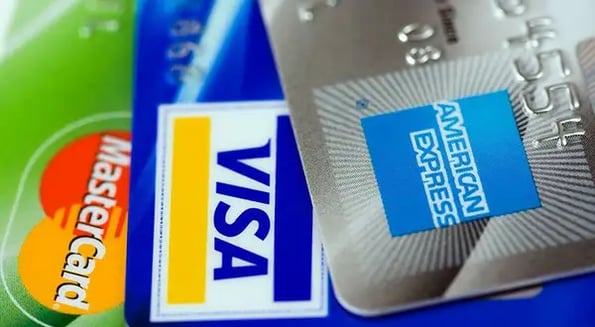American Express is paying businesses as much as $450k to accept its cards, according to a report from The Wall Street Journal.

The credit card collosus launched the initiative in an effort to catch up to Visa and Mastercard, which were both accepted in 1.3m more locations than American Express as of last year.
How did AmEx fall so far behind in the first place?
It’s a tale of 2 business models.
American Express’ cards are “closed-loop” systems, which means that AmEx issues credit to –– and also processes payments for –– its cardholders.
Visa and Mastercard, on the other hand, are “open-loop” systems, which means they process payments only for their cardholders –– and rely on banks and other institutions to issue credit.
- Closed-loop systems –– like AmEx’s –– earn money based on the number of dollars cardholders spend, which is why AmEx focuses on big spenders.
- Open-loop systems –– like Visa’s or Mastercard’s –– earn money based on the number of transactions cardholders complete, which is why Visa and Mastercard have always prioritized being accepted at all stores to maximize transaction volume.
As a result of these different models, AmEx can bring in more revenue than Visa or Mastercard despite having fewer cards in circulation.
In 2014, for example, AmEx had 53m cards in circulation and made $36B in revenue. Visa and Mastercard, meanwhile, had 285m and 178m respective cards in circulation –– but only brought in $22B in revenue combined.
Now, AmEx wants to charge its cards and expand them, too
In the past few years, Visa and Mastercard’s dominant scale has started to challenge AmEx’s high-rolling business model –– especially as premium cards like the Chase Sapphire card (a Visa partnership) have caused some of AmEx’s high rollers to jump ship.
So, by paying businesses and expanding the number of places where AmEx cards are accepted, the company hopes to kick its cards’ convenience up a notch –– and, in the process, win back some big spenders.











